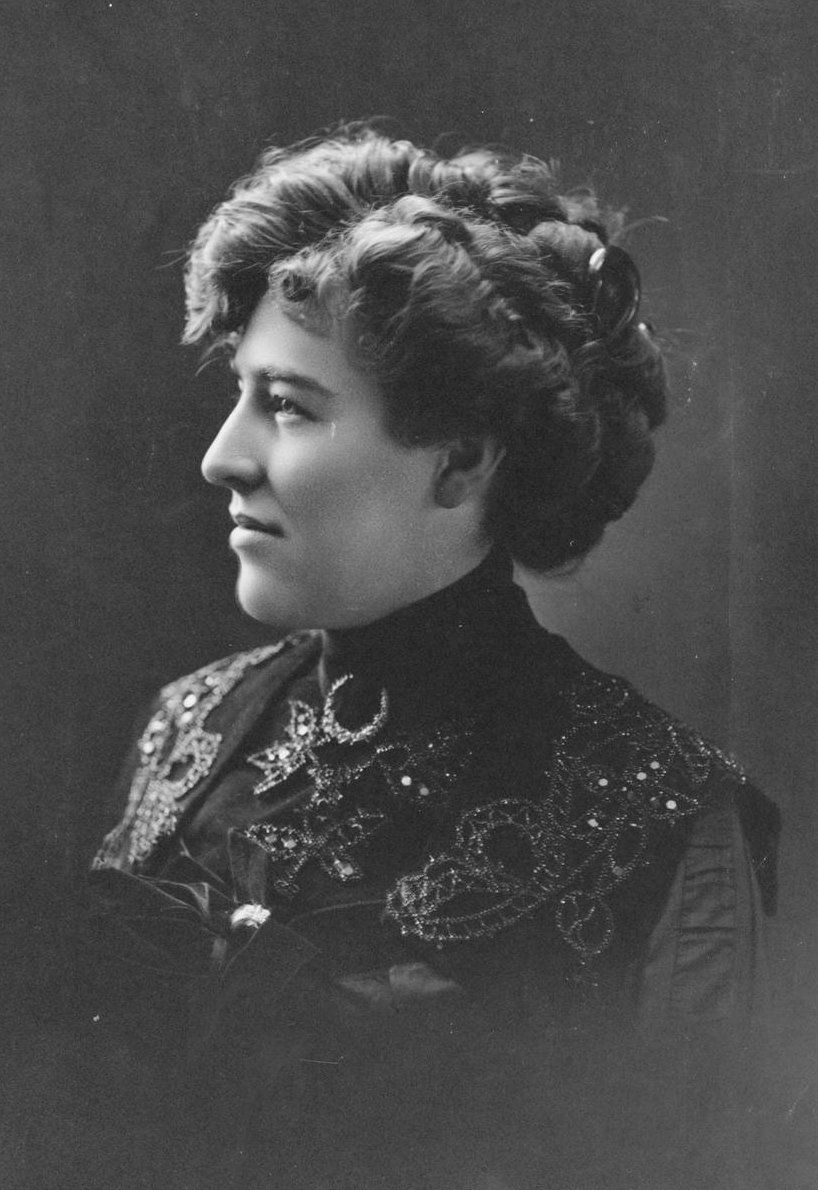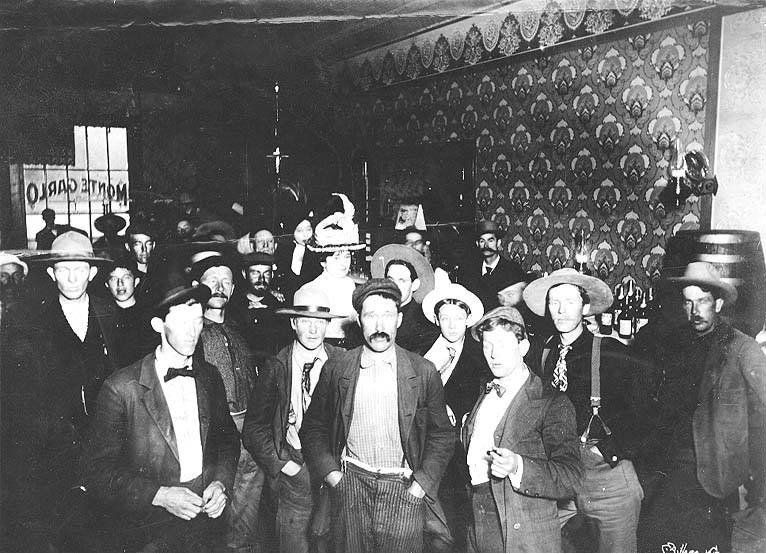Edith A Radford - Good Time Girl
Edith Radford was born in 1879 in Etna, Siskiyou, in northern California. Her parents were former gold miner William Arundel Radford, son of the late Rector of Lapford, and his wife Mary (née Ivers). Mary Ivers was born in Iowa, and was the widow of Joseph Denny. Edith had a step brother and a step sister named Joseph and Ida Denny, and soon had two younger sisters, Maud and Edna. By the time she was four, her father was a constable and later was promoted to Deputy Sheriff. He was shot and killed when arresting a stage coach robber in 1897.

Edith Neile (nee Radford) c 1898

GOLD RUSH
In 1896, gold was discovered in the Klondyke region of the Yukon in north western Canada. Over the next two years the gold rush attracted over 30,000 prospectors, most of them to the town of Dawson. Only 10% of the population was female, many of those were looking for a rich husband or were employed in the entertainment or sex industries. Edith arrived at this time; she was both a theatrical performer and a prostitute. She became Alaska's "most famous and admired good time girl". She worked at the "Monte Carlo" saloon in Dawson (above).
Her stage act earned her the nickname of "Oregon Mare" as she wore horse costumes and could realistically imitate their noises.
When gold was found in Fairbanks, central Alaska in 1902, there was a massive influx of miners. Edith Neile along with most of the inhabitants of Dawson "followed the money" to Fairbanks and surrounding area. She bought a house in the centre of the red light district in Fairbanks.
In 1910 she appears twice on the US Census - in Fourth Avenue, Fairbanks, living alone; and she also appears to be living with her mother in Sacramento with Ida, who had married, and Maud. (This is plausible as the census in Alaska was conducted in January whilst in California it was in April.) However by 1920 she had returned to Alaska with her younger sister Edna. This time she was in Nenana, about 50 miles southwest. Both she and Edna had apparently married, and were now known as Edith Neile and Edna Palmer, and lived in adjacent houses, although neither was then living with their husband. (Later that year Edna married widower Hawley Sterling, a superintendant road engineer. His wife had drowned in 1918. They had an eight month old son, Joseph, who supplied much of the information in a chapter about Edith in the book "Good Time Girls" by Lael Morgan)
The population of Nenana grew to over 5,000 in the early 1920s. Ten years later there was a slump and only 300 people lived there. Edith joined the exodus. She moved back to Fairbanks, although on her own. In the 1930 census her occupation, and that of her two neighbours, was proprietress of a "sporting house". "Sporting house" was a euphemism for a brothel. Edith for most of her working life was associated with prostitution.
Edith earned a lot of money but was regarded as being very generous and kind-hearted. She is reputed to have given away over $300,000. She also volunteered as a nurse when the 1918 "Spanish Flu" epidemic finally arrived in Nenana in 1920, killing over 70 people.
The granddaughter of the Rector of Lapford died in 1962, aged 83 in a rest home in Seattle. An editorial in the Fairbanks Daily News-Miner said of her "Once in a while along comes a person who has stood far above the crowd in acts of kindness and charity for the fellow person. One such was Edith Neile."
by Peter Selley
